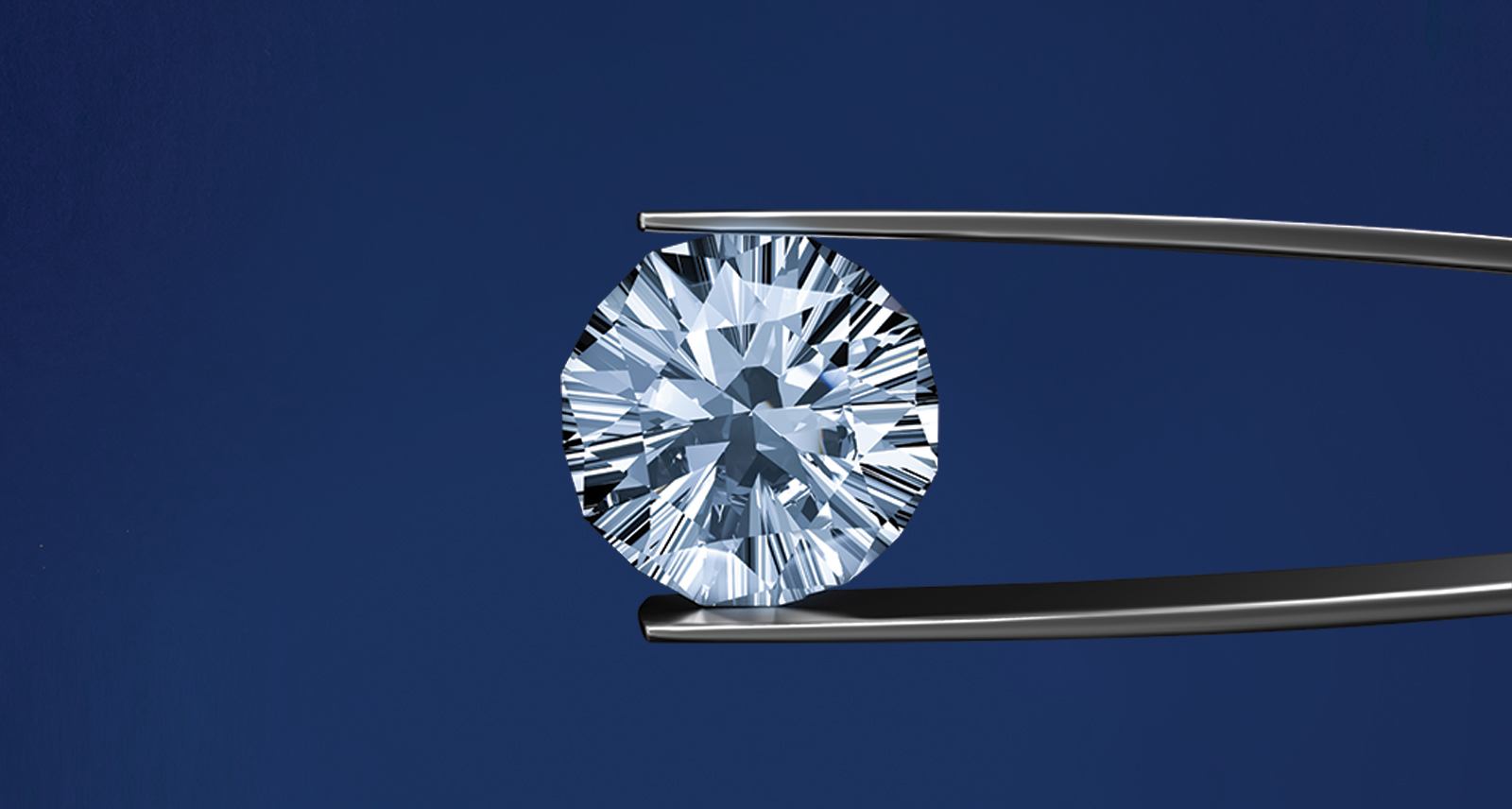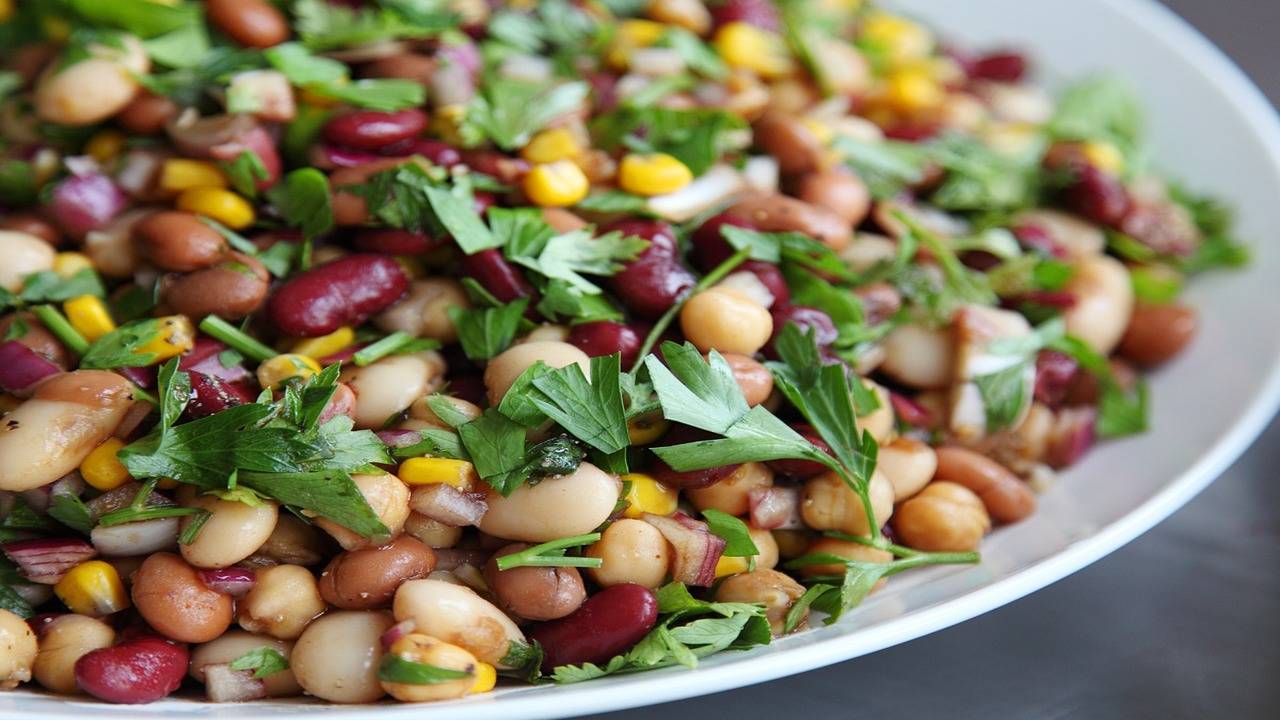When and how you preheat the skillet has implications for how well your food turns out and how well your equipment will hold up over time. Your strategy may vary depending on the type of skillet and the food you’re cooking. Here’s what you need to know to make the right decisions.
The background. On a microscopic level, metal is not a naturally smooth surface. Cheatham compares it to a mountain range with peaks and valleys. Those holes and cracks are where food can stick. The solution is to preheat the pan, which closes up those gaps to help create a smoother surface, Cheatham says. Plus, food cooked in insufficiently heated fat will be pale and soggy rather than browned and crisp.
The idea is to preheat the pan even before adding the fat, though I’ll get into some exceptions below. “Preheat the pan to reduce the amount of time fat spends in direct contact with the hot metal, minimizing opportunity for it to deteriorate. As oil is heated, it breaks down, leading to flavor degradation and the release of toxic chemicals,” Samin Nosrat writes in “Salt Fat Acid Heat.” Each fat has a smoke point, at which point it will be pretty obvious you’ve gone too far, thanks to the smoke and acrid smell. You can read more about smoke points in this post, but know that reducing the time the fat is in the pan and not allowing a pan to preheat too long at too high of a heat are key parts of perfecting preheating.
Types of skillets. Preheating an empty skillet is most straightforward when it comes to cast iron or other uncoated metal, such as stainless steel. What about nonstick? Depends who you ask. “Nonstick coatings made from polytetrafluoroethylene (PTFE) can break down and release noxious fumes if heated above 500 degrees, which can happen quickly when pans are heated empty or placed under the intense, direct heat of the broiler,” advises Cook’s Illustrated. To keep the skillet from getting to that point, the magazine recommends using the butter and oil in the skillet as a bellwether. Since they will smoke between 350 to 400 degrees, you’ll know your skillet is too hot well before it gets to the point at which you risk affecting the coating.
Surveying manufacturers, though, gets you different advice in some cases. With regard to its nonstick line, All-Clad, for example, says “do not overheat empty cookware,” suggesting using nothing higher than medium heat. Calphalon says, “For better cooking results, preheat the pan using the setting you [intend] to use when cooking, before adding butter or oil.” Lesson: Be sure to read the instructions for your particular equipment.
Cheatham is comfortable heating empty nonstick cookware for a few minutes over moderate heat. “Some people do take things to extremes,” she notes. If you choose to preheat an empty nonstick skillet, keep an eye on it and don’t let it get ripping hot.
Do not preheat an empty enameled cast-iron pan on the stove top, which can subject the glasslike coating to thermal shock (a sudden change in temperature) and potentially cause it to crack. According to Le Creuset, “Your choice of liquid, oil, fat or butter should completely cover the base before heating begins. Do not leave the pan unattended, and do not allow a pan to boil dry, as this may permanently damage the enamel.”
How to preheat. Cheatham prefers to place an empty skillet on nothing above medium-high heat. Over high heat, she says, you may shock the metal. Placing a skillet over too high of a heat also risks burning the fat or food, especially in cast iron, which is particularly effective at retaining heat once it has come up to temperature. Nosrat warns against the temptation to “categorically crank the heat,” noting you may get a beautiful browned and crisp exterior on a piece of meat too quickly, leaving the interior raw or undercooked.
Nosrat makes an exception for searing meat, which she recommends doing over high heat before adding the fat and letting it approach the smoke point. Then in goes the meat. In trying to replicate rip-roaring, restaurant kitchen-level heat in her home kitchen, she places a cast-iron pan “in a blasting hot oven for at least 20 minutes” and then transfers it to the stove top to sear on high.
The oven-to-cooktop method is an option best left to the sure-handed and those without children or pets underfoot. Cheatham says she would rather stick to the stove top to avoid the potential for burns or a dropped skillet.
How to know when the skillet is ready. Cheatham likes to gauge the heat of the skillet by simply holding her hand above the surface. It may take some trial-and-error for you to get to the point where you can confidently do this, too, but you can use other cues to recognize the right moment. Look for the oil to shimmer (to me it looks like water rippling over small rocks at the edge of a lake) when added to the skillet, Cheatham says, with maybe just a faint wisp of smoke, but no more.
Or do the drop of water test, using your eyes and ears. “If it crackles a little bit before evaporating — it doesn’t have to be a violent sound — then the pan is ready,” Nosrat writes. “A general clue that both the pan and fat are hot enough is the sound of a delicate sizzle upon addition of the food. If you add food too early and don’t get that sizzle, just take the food out, let the pan heat up sufficiently, and put it back in to ensure it doesn’t stick or overcook before it browns.”
What to start in a cooler or cold skillet. Nosrat’s biggest exceptions to the preheating rule are butter and garlic, both of which can burn if not gently heated. Cheatham explains that if butter hits a hot pan, it will immediately start to splatter as the water rapidly cooks off (butter is as much as 18 percent water). Moreover, the milk solids in butter can burn and blacken in excessive heat. So add butter to a cold skillet or one that has been heated less than you would for oil.
Toasting seeds or nuts is another time to take care with heat. Those I put into a cold, dry skillet over medium-low heat and leave in just until they start to turn fragrant — if you listen closely you may also hear the oils in the seeds or nuts sizzling. Pay attention, as they can go from perfectly toasted to scorched in a second.
There are times when you may want to start meat in a cold skillet, as well. Bacon is a prime example. Allowing the bacon to gradually heat up renders the fat so that the end result is crispy. In a hotter skillet, you run the risk of immediately browning the outside and creating a crust that seals in the fat, turning the strips flabby. Keeping the bacon in the skillet longer at that point might end up burning it. Similarly, you can start skin-on pieces of chicken in a cold skillet to help render their fat and create a crispy exterior, as Cook’s Country recommends in several recipes.
For situations where you’ll be working with a deeper level of fat, such as pan-frying or deep-frying, the oil should be added to the skillet or pan and then brought up to temperature.






